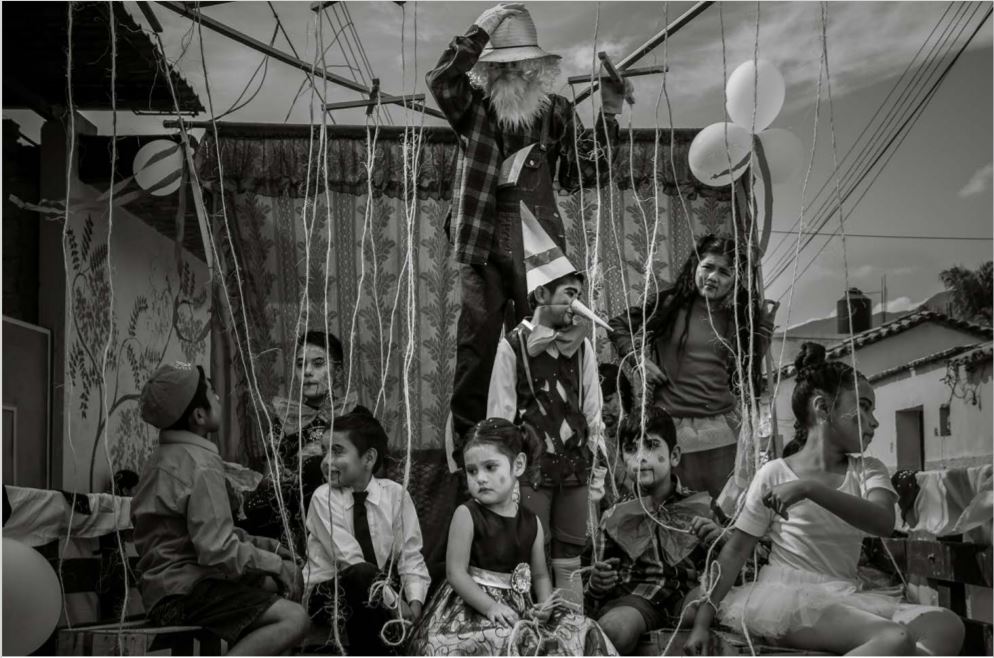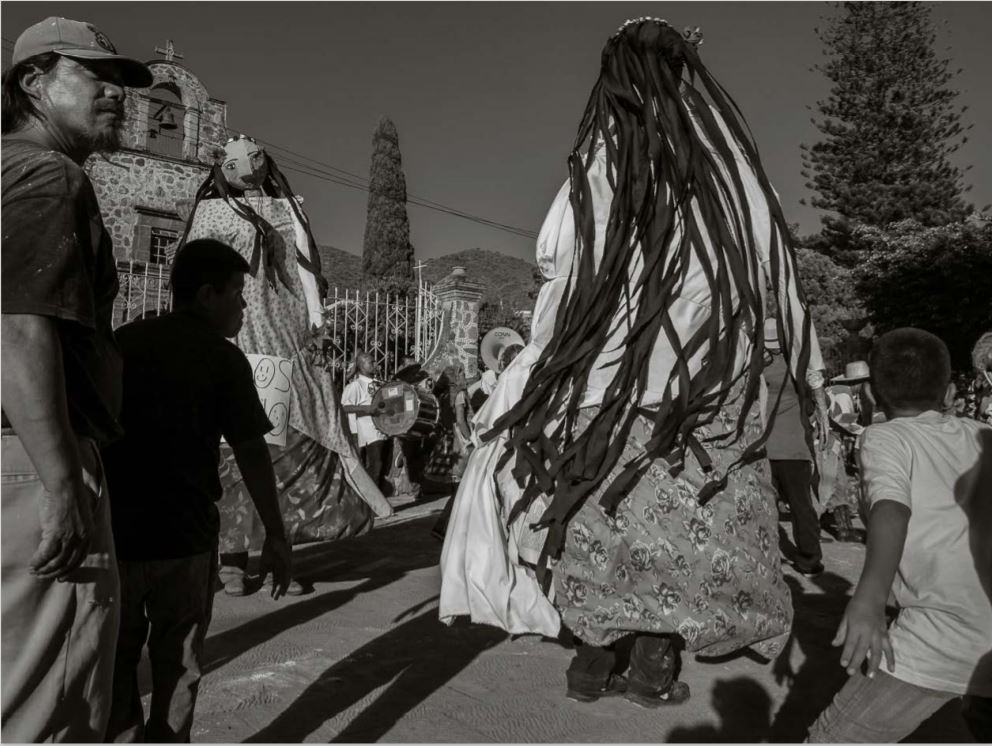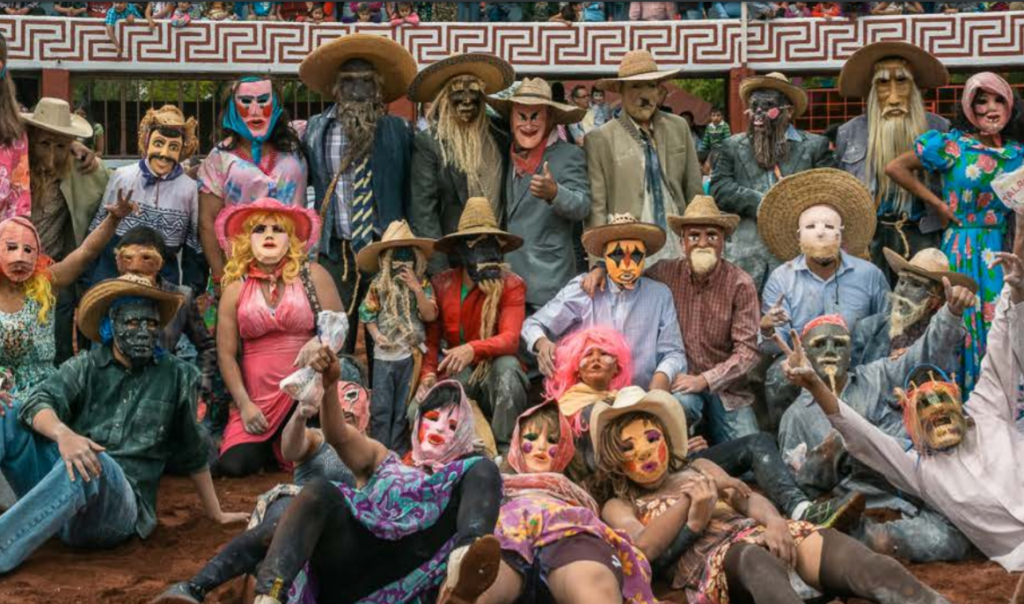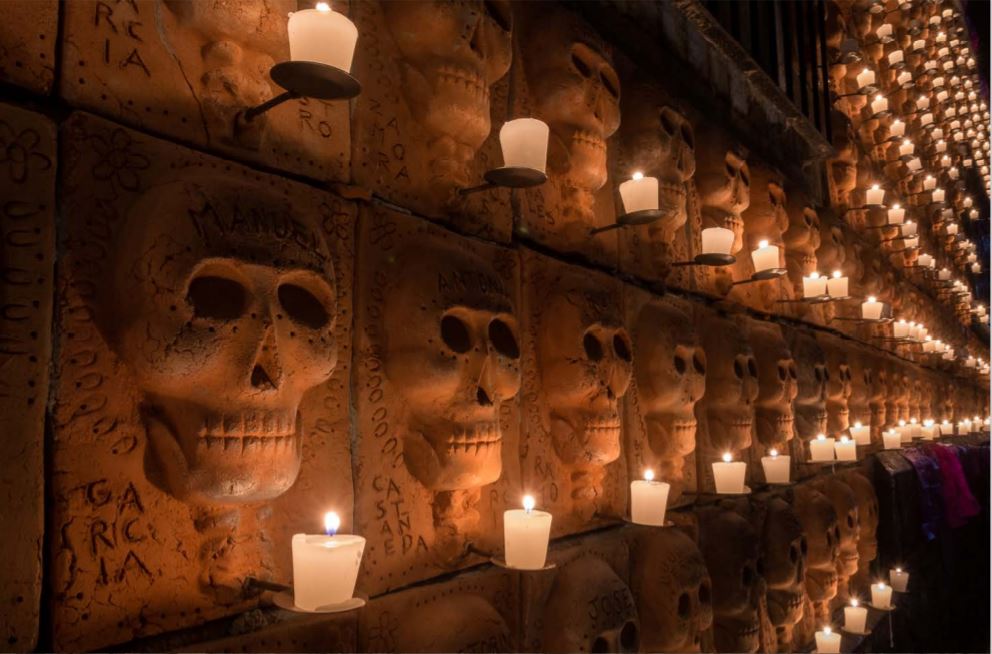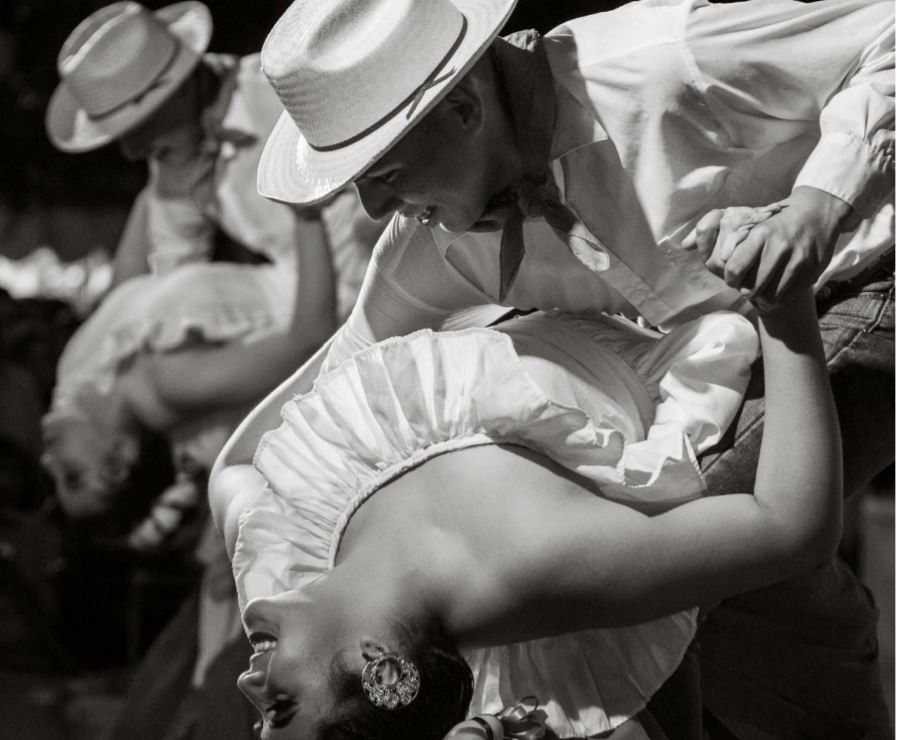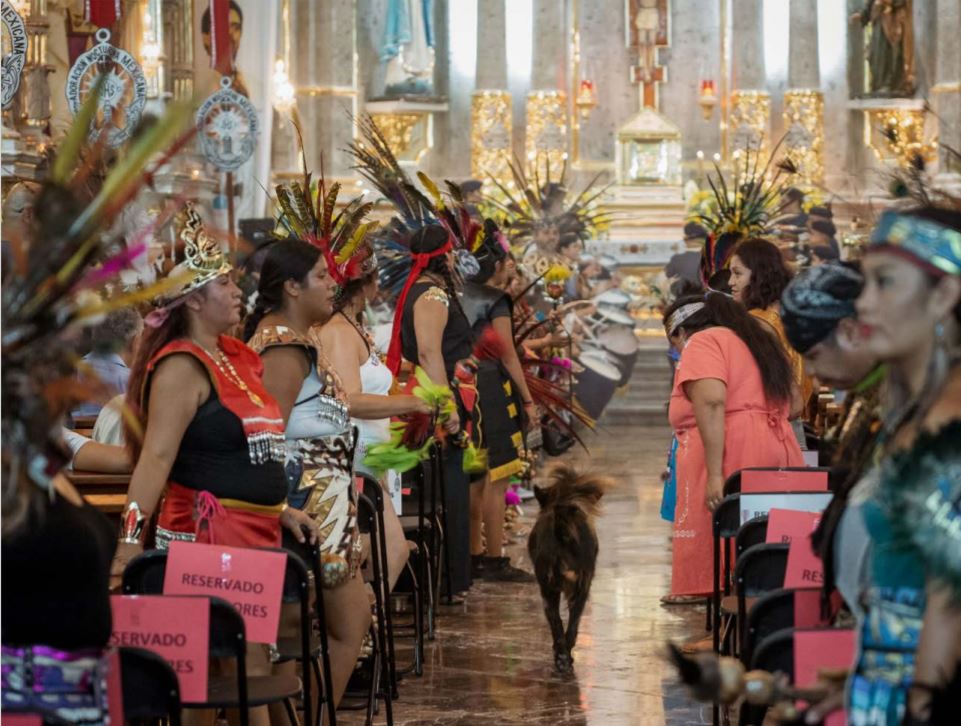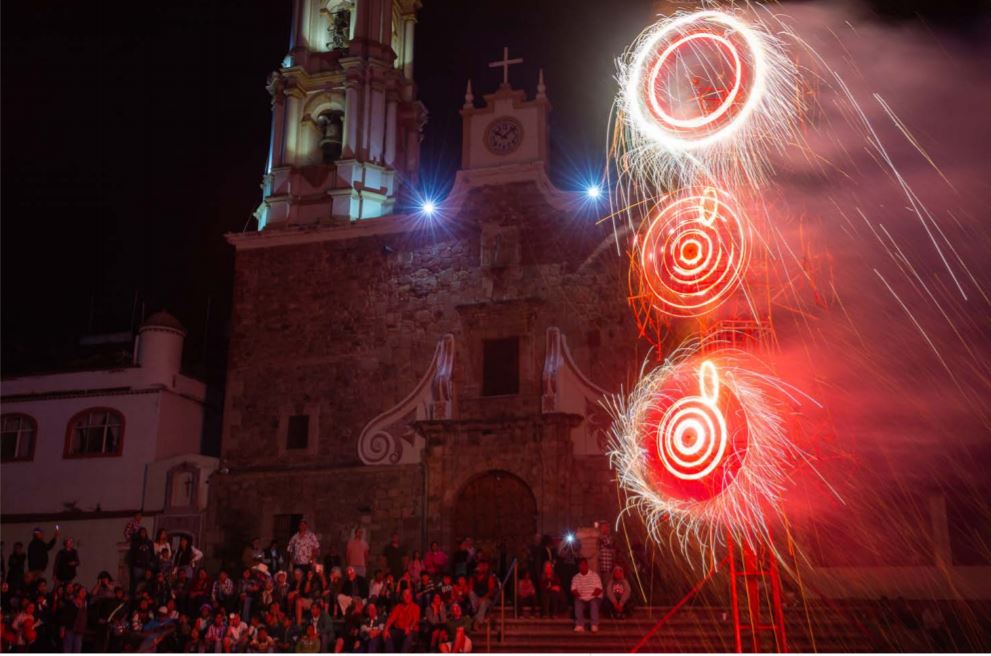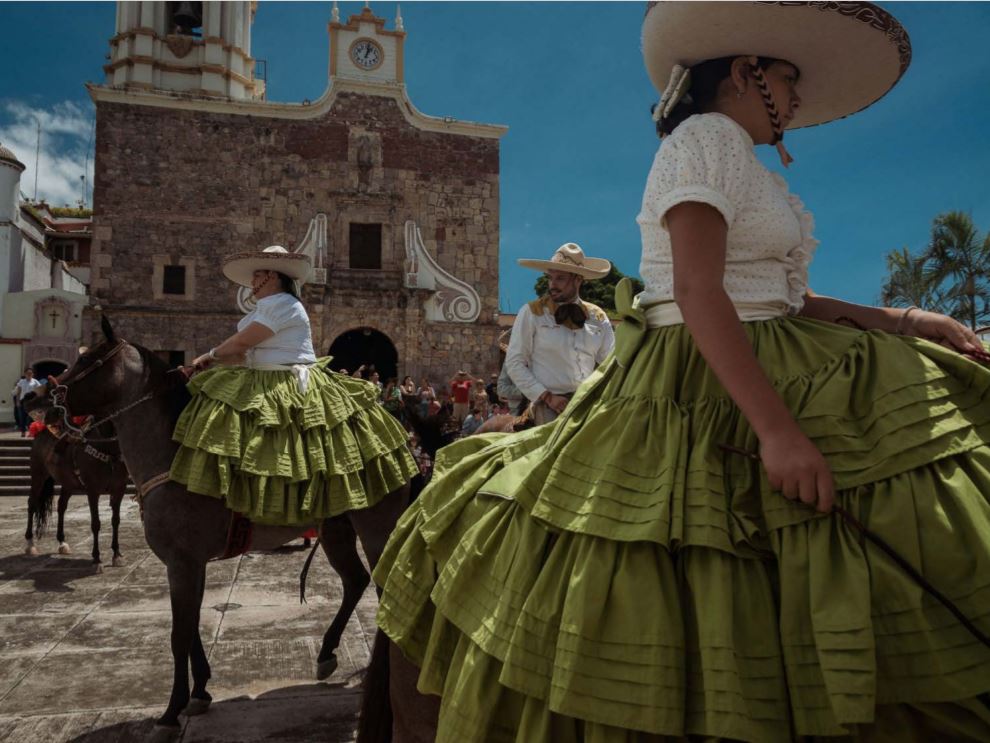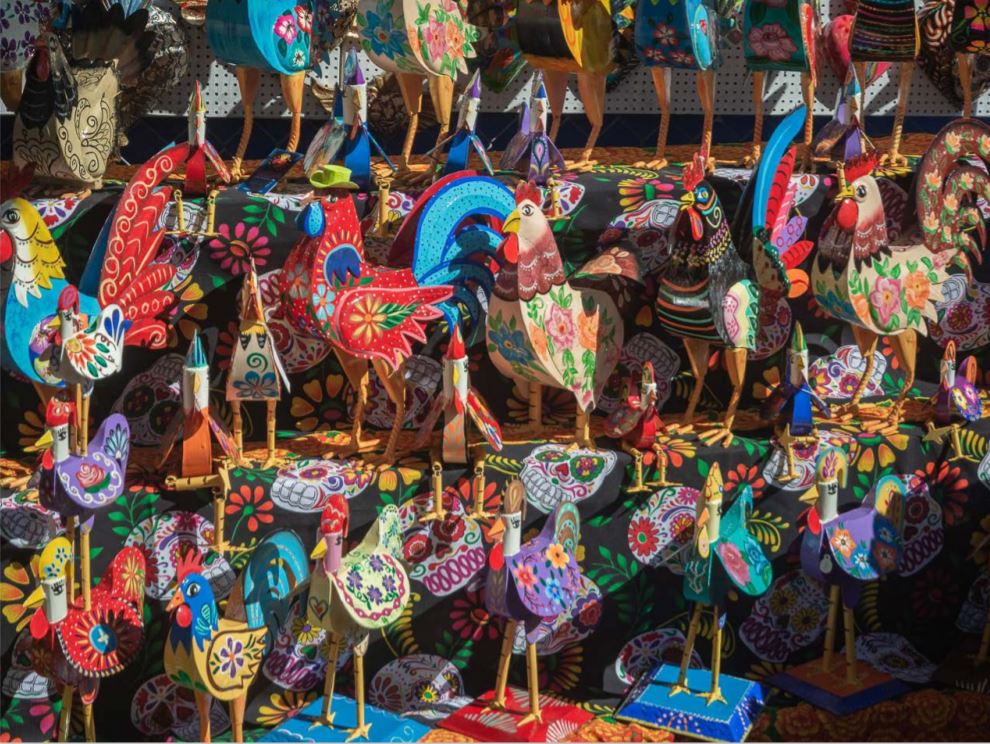Ajijic Square has undergone a transformation over time thanks to the participation of its community of artists and the
intervention of the municipal government of Chapala.
The pier is a Emblematic symbol that identify the town. It has different recreational areas for the needs of all sectors of the community,
having a length of one thousand meters that can be covered by the lake.
WHAT YOU SHOULD SEE


